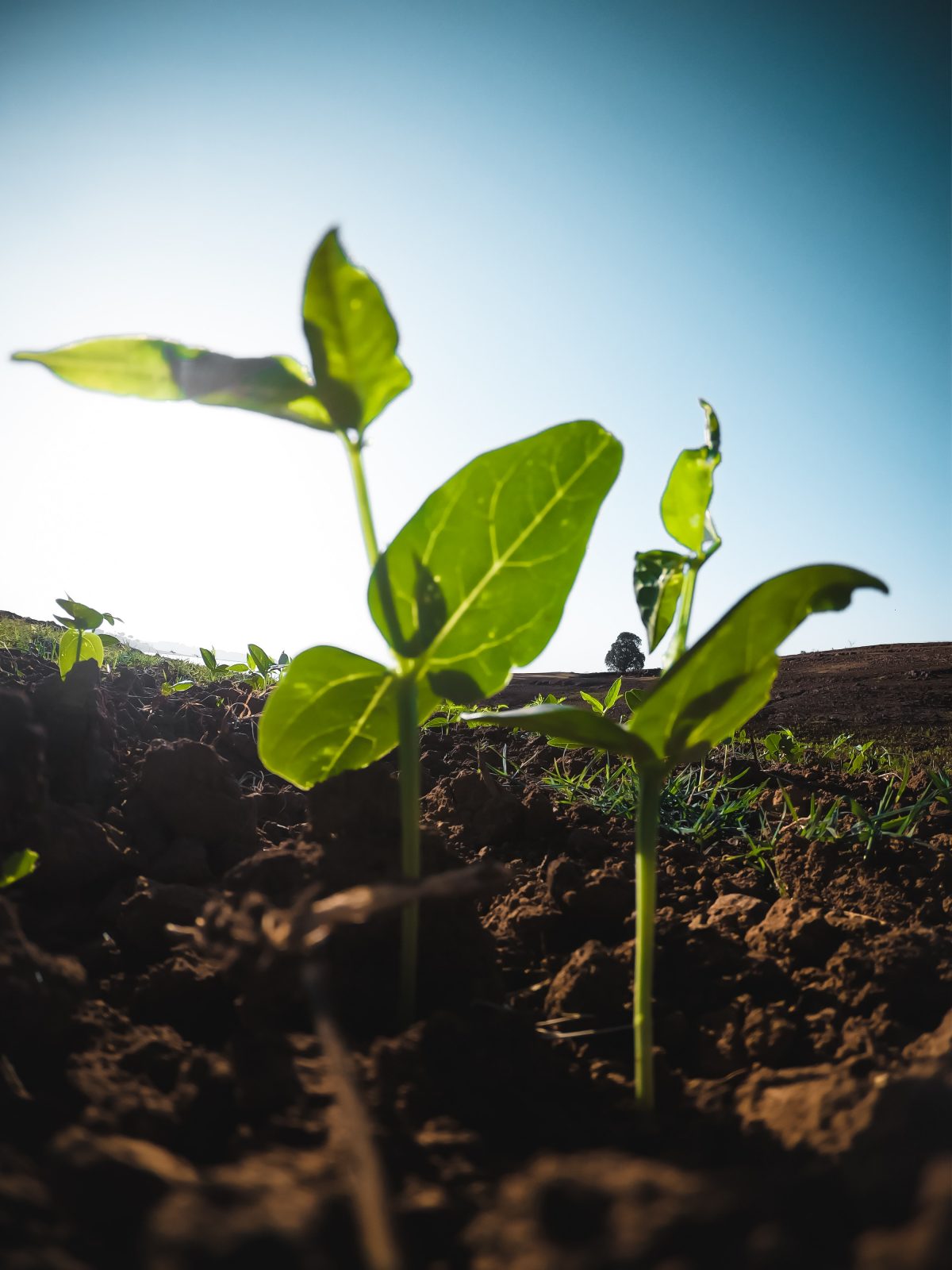The World Food Program (WFP) has released its Global Food Crises Report. David Beasley, the Executive Director of the WFP warns that, without assistance, the number of people “pushed to the brink of starvation” will double to 265 million by the end of 2020.
Author: Peter Morris
As aid groups scramble to contain COVID-19, malnutrition set to increase
This article describes the challenges that Humanitarian Aid organizations will face in maintaining food security programs in the many pre-CoVid-19 emergencies around the world.
Mapped Malnutrition Data Shows Concerning Disparities in Many Countries
The Institute for Health Metrics and Evaluation (IHME) published and analyzed mapped data from lower and middle income countries (LMIC) which showed geo-spatial malnutrition data which gives a more accurate picture of concerning disparities within and across countries. This article was in Nature earlier this month.
Desert Locust Plague in East Africa
According to the cited article by the Associated Press, Kenya is experiencing the worst Desert Locust outbreak in the past 70 years. Ethiopia and Somalia are having the worst infestation since in the past 25 years. These attacks greatly affect food security in rural areas.
Fall Armyworm in Malawi
The Fall Armyworm infestation in Malawi has damaged approximately 355,000 acres. The Fall Armyworm is the larval stage of a moth (Spodoptera frugiperda). It is a recent arrival in Africa arriving in 2016, most likely on imported produce from the Americas. This is especially troubling as the larvae eat the plants from the inside out making sustainable methods of control difficult. Because of this pesticides have become the method of last resort.
New Planning Tool – WFP’s HungerMap
On January 20, 2020 the United Nations World Food Programme (WFP) launched HungerMap. HungerMap shows, in near real-time, current food security situations across the globe. This article, https://insight.wfp.org/wfp-launches-hungermap-live-431e59553aa5 describes how this map uses available data (weather, climate, markets, populations, hazards, etc.) and artificial intelligence (AI) to monitor dynamic food security conditions.
From our experience at WHES, this will be a great step forward to show current and future hunger “hotspots” and educate the public on causes as well as provide policy makers with the right information to mitigate these issues. Bravo to WFP for this new tool!
Regenerative Agriculture in the USA
As we all are concerned about sustainability both in the developed and developing world, this interview with Gabe Brown on regenerative agriculture practices on his farm in North Dakota in the United States is especially germane. Essentially, recapturing carbon from the atmosphere and adding it back into the soil, diversifying the farms, and abandoning pesticides to create better tasting vegetables and healthier livestock.











